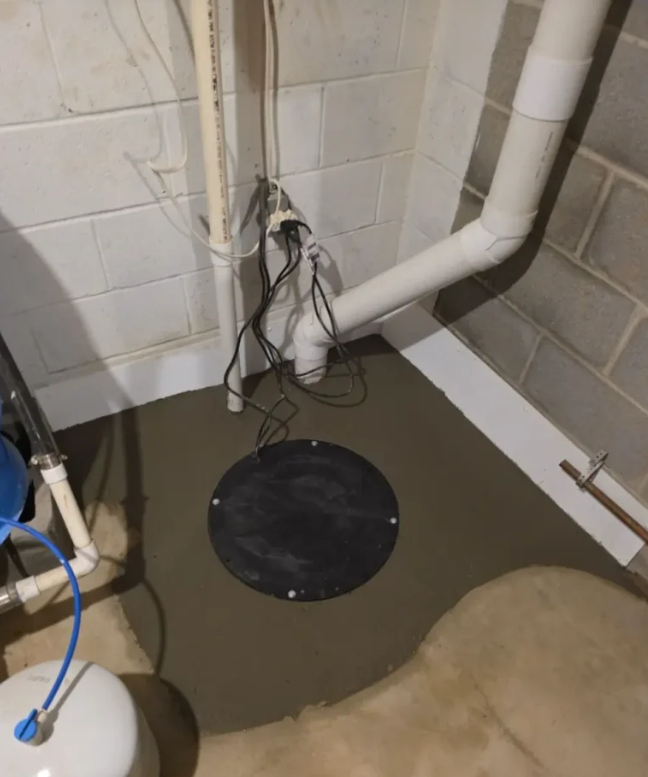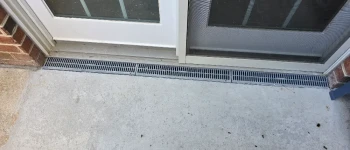Ever thought about the impact of snowmelt on your basement? As winter’s icy grip loosens, the melting snow can become an unexpected threat to your home’s foundation. Without proper waterproofing, this excess water can seep into your basement, causing dampness, mold, and structural issues. It’s not just about preventing potential flooding; it’s also about improving your home’s indoor air quality. So, isn’t it time you considered the importance of basement waterproofing during snowmelt? There’s a lot more to this topic that you might find intriguing. Let’s explore.
Key Takeaways
- Snowmelt can lead to significant water seepage, damaging home foundations and interiors, necessitating basement waterproofing.
- Pre-snowmelt waterproofing prevents basement flooding, preserving structural integrity and avoiding costly repairs.
- Waterproofing techniques, such as sealants, sump pumps, and French drains, vary in complexity and effectiveness based on the precipitation level.
- Soil types, like clay or sand, affect the effectiveness of waterproofing, highlighting the need for proper evaluation before choosing a method.
- Professional waterproofing services offer comprehensive solutions, including inspection, installation, and aftercare, ensuring long-term protection against snowmelt challenges.
The Dangers of Snowmelt to Basements
When winter waves goodbye and snow begins to melt, your basement could be at risk. This natural phenomenon, often referred to as snowmelt, can cause significant damage to your home’s foundation if not properly addressed.
As the temperature rises, the accumulated snow around your home begins to melt. While it’s a welcome sign of spring, it can also be a nightmare for homeowners. The melting snow turns into water, which can make its way into your basement.
If your basement isn’t well-protected, it can lead to unwanted water accumulation, causing issues like dampness, mold growth, and even structural damage.
It’s essential to understand that this isn’t a problem you can ignore. Failing to act could cost you thousands in repairs. The water can seep into the walls, warp the floors, and cause your basement to become a breeding ground for mold and mildew.
This not only damages your property but can also lead to health issues.
Understanding Basement Waterproofing
Waterproofing your basement is your first line of defense against the damaging effects of snowmelt. It’s a process that creates a barrier to prevent water from seeping into your home. But how does it work?
Here’s the deal. Waterproofing can be external or internal. External waterproofing, also known as positive side waterproofing, involves outside solutions like drainage systems and waterproofing membranes. It keeps water from even touching your basement walls. It’s more extensive and costly but provides the best protection.
On the other hand, internal waterproofing, or negative side waterproofing, is about managing water that’s already made its way inside. It uses sealants and coatings to keep your basement dry. It’s less expensive but more of a band-aid solution.
What’s more, you’ve got to evaluate the type of soil around your home. Clay soil holds more water and can put more pressure on your basement walls. Sandy or gravel soil, though, drains more easily.
Understanding these basics will help you make informed decisions about waterproofing your basement. Remember, it’s not just about keeping it dry—it’s about protecting your home’s foundation.
Next, we’ll look at why you should waterproof before the snow melts.
Benefits of Pre-Snowmelt Waterproofing
Now that you’ve got a handle on the basics of basement waterproofing, let’s consider the timing. The benefits of pre-snowmelt waterproofing are significant and can save you a lot of trouble down the line.
Think about it this way: once the snow starts melting, the water has to go somewhere. If your basement isn’t properly waterproofed, guess where that water’s going to end up? That’s right, in your basement, causing all sorts of dampness and potential flooding issues.
By waterproofing your basement before the snowmelt season, you’re fundamentally nipping the problem in the bud.
Also, you’ll be saving money in the long run. By preventing water damage from occurring in the first place, you’ll avoid costly repairs and replacements. Not to mention, you’ll be preserving the structural integrity of your home, which is a long-term investment.
Additionally, pre-snowmelt waterproofing can help improve the air quality in your home. Damp basements are a breeding ground for mold and mildew, which can lead to health issues.
Waterproofing Techniques for Basements
There are several effective techniques available for waterproofing your basement.
The first is the application of a waterproof sealant. This is an affordable, easy-to-apply solution that can prevent minor leaks. It’s perfect if you’re facing issues with condensation or humidity.
Next, consider installing a sump pump. This device collects water from around your basement and pumps it away from your home. It’s a bit more complex but it’s particularly effective in areas prone to heavy rain or snowmelt.
Another technique is the installation of a French drain. This involves digging a trench around your home, laying a pipe, and filling it with gravel. The water seeps into the trench, into the pipe, and is then directed away from your home.
Lastly, you can opt for exterior waterproofing. Although it’s the most expensive, it’s also the most effective. It involves excavating around your home to install a waterproof barrier and drainage system.
Choosing Professional Waterproofing Services
While the techniques mentioned above can be DIY-friendly, you might find professional waterproofing services to be a more reliable option. It’s not just about slapping on a sealant and hoping it’ll hold up against the onslaught of snowmelt. There’s more to it.
Professionals have the training, experience, and tools to identify potential issues you might overlook. They can spot weaknesses and vulnerabilities in your basement’s structure. They’ll know if your basement requires a French drain system or if a sump pump is needed.
It’s their job to guarantee your basement stays as dry as a bone, no matter how much snow melts above it.
Now, you’re probably wondering how to choose the right service. First, look for reputation and experience. Read reviews, ask for references, and check their previous work.
Then, consider their service offerings. Do they provide a thorough solution, covering everything from inspection to aftercare?
So, you see, waterproofing your basement before snowmelt isn’t just about preventing floods. It’s about safeguarding your home’s structure and improving your indoor air quality by reducing mold risks. Whether you choose to DIY or hire a pro, it’s a critical step in protecting your home. Don’t wait until it’s too late. Take action now to protect your home and guarantee a dry, mold-free basement come spring.





